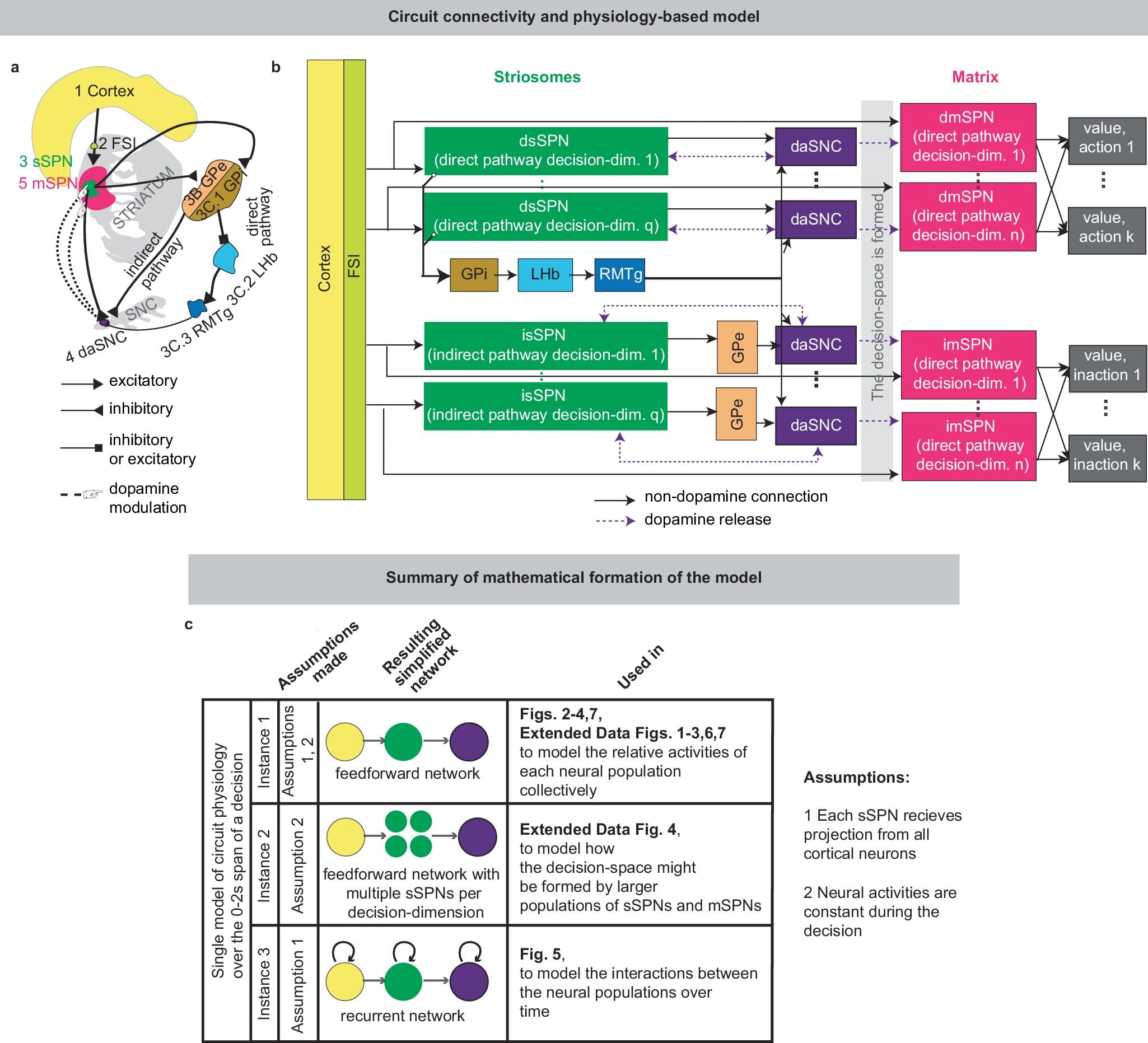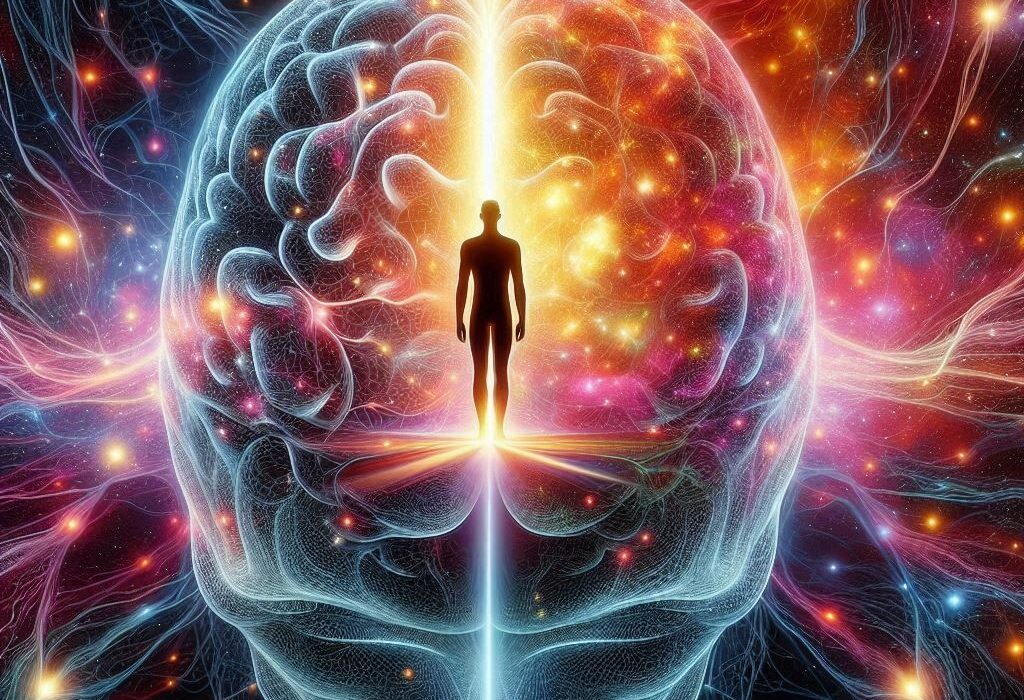Every day, from deciding what to eat for breakfast to making life-altering career moves, our brains perform countless calculations that weigh costs against benefits. For most of us, these decisions happen seamlessly. But for individuals with psychiatric disorders such as post-traumatic stress disorder (PTSD), substance use disorder, or depression, decision-making can become distorted—either too impulsive or painfully paralyzed.
Now, scientists at the Icahn School of Medicine at Mount Sinai, working with researchers at the University of Texas at El Paso, have built a groundbreaking computational model that reveals how a small but crucial brain circuit called the striosomal compartment within the striatum may be the hidden key to understanding these choices. Their study, published in Nature Communications, provides a new framework for decoding how the brain decides—and what happens when that process goes awry.
The Striatum: More Than Just Movement
The striatum has long been known as a central hub for coordinating decision-making, motivation, movement, and reward perception. It is divided into two main compartments: the striosomes and the surrounding matrix. While neuroscientists have understood that the striatum plays a vital role in evaluating costs and benefits, the precise function of the striosomes has remained an enigma.
“Though it has been established that the striatum is clearly important for cost-benefit decision-making, the precise role of the striosomal compartment has remained elusive,” explains Dr. Ki Goosens, Associate Professor of Pharmacological Sciences and Psychiatry at Mount Sinai and co-lead author of the study. “Our computational model tackles that issue by linking levels of striosomal activity to which and how many factors we consider in our decisions to pursue something.”
When the Brain Overthinks—or Doesn’t Think Enough
Using a sophisticated blend of biology, mathematical modeling, and big-data analysis, the team discovered that striosomes act as a filter for decision-making. They determine not just which factors the brain takes into account, but also how many of those factors are weighed before a choice is made.
When striosomal activity runs high, decisions tend to be simple and fast. If activity levels climb too high, however, the brain can fall into impulsivity, where choices are made rashly, often ignoring risks. This may help explain why individuals with substance use disorders often engage in risky behaviors despite knowing the dangers.
Conversely, when striosomal activity is low, decisions become more complex, with the brain considering multiple factors before taking action. But if activity drops too low, the system seizes up in “analysis paralysis,” endlessly weighing options without reaching a conclusion. This mechanism could help explain why depression is often marked by indecision and slowed daily functioning.
“Our model provides an innovative way to interpret impairments in so-called cost-benefit decision-making in psychiatric disorders,” says Dr. Alexander Friedman, Assistant Professor of Biological Sciences at the University of Texas at El Paso and co-lead author.
From Model to Medicine
The research does more than deepen our understanding of how the healthy brain works. It also points toward new treatment strategies. By targeting the striosomal system, therapies might one day restore balance in decision-making for people with psychiatric conditions.
“Perhaps most consequential,” the researchers note, “is the suggestion that modulating striosomal activity could be a new and effective approach to addressing a wide range of psychiatric abnormalities.” This opens the door to future therapies—from pharmacological interventions to neuromodulation techniques—that could recalibrate the decision-making circuitry in the brain.
A New Map for the Mind
The study was the result of a wide collaboration across the Friedman Brain Institute, the Center for Translational Medicine and Pharmacology, and the Departments of Psychiatry and Pharmacological Sciences at Mount Sinai, working with colleagues at the University of Texas at El Paso. By merging neuroscience with computational power, the team has not only clarified the role of the striosomes but also created a roadmap for understanding decision-making in health and disease.
Einstein once reflected that “imagination is more important than knowledge.” In much the same spirit, this research blends imaginative modeling with scientific rigor to illuminate one of the most deeply human processes: the choices that define our lives. With each discovery, we move closer to understanding—and perhaps one day repairing—the fragile circuits that guide our decisions.
More information: Dirk W. Beck et al, A decision-space model explains context-specific decision-making, Nature Communications (2025). DOI: 10.1038/s41467-025-61466-x






